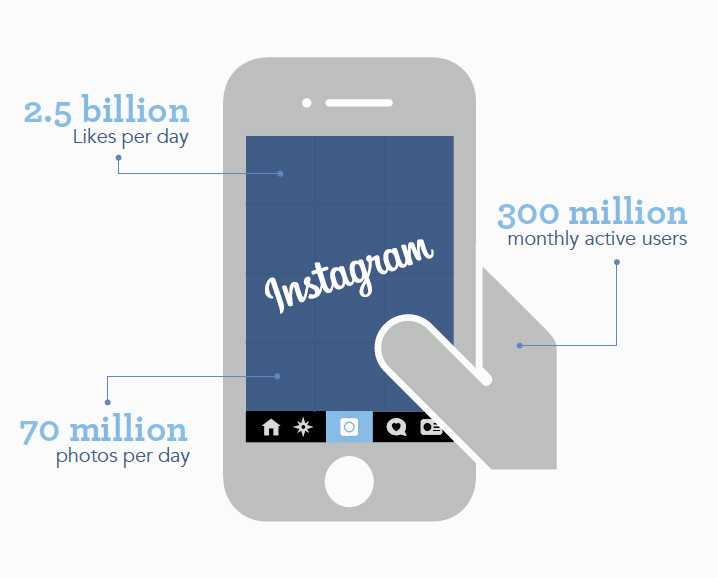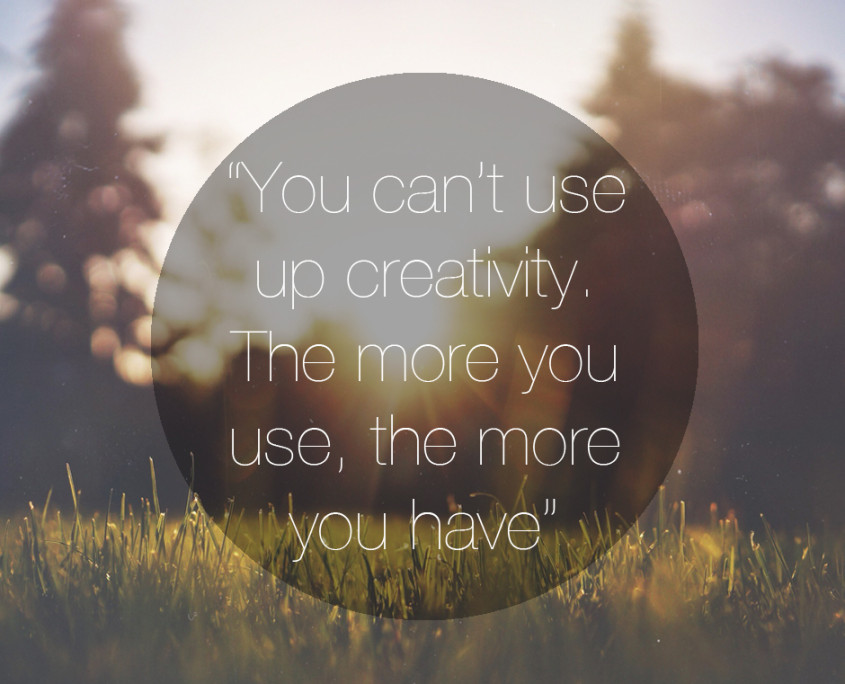Toronto Fashion Events
Toronto is one of the fastest growing cities in North America, and has gained a reputation for being one of the most liveable cities in the world. Aside from the high real estate prices, Torontonians enjoy their city’s arts & cultural scene, including an emerging fashion movement.
Toronto has an official “fashion week” twice a year, sponsored by World MasterCard and it is part of the IMG conglomerate, but more importantly the city holds events throughout the year supported by different local organizations, that in return support local talent. I couldn’t find an official fashion calendar for Toronto, so I put together what I thought were the important upcoming fashion events this Spring/Summer, and if you know of any others, let us know!
Fashion Art Toronto is an annual event that each year focuses on a different theme and celebrates the expression of art through fashion, photography, fashion film and art installations. This year the 5 day event is once again held at Daniels Spectrum (585 Dundas St East) and $40 gets you a full day of events.
This year, from April 21st to 25th, 100 artists will explore the #MADEINCANADA theme in one of the 5 sub-themes, with a different theme being presented each night: Great Wild, Cold North, Group of Seven, Northern Lights and Global Village.

Keeping in line of the made in Canada theme, Inland takes place May 2nd to May 3rd at the hip 99 Sudbury location in Liberty Village. The 2 day event takes place twice a year and it is basically a pop-up event for Canadian emerging fashion talent. The location offers a very fun, relaxed shopping experience, and with 80 designers showcasing from clothes to jewellery and shoes, there is something for everyone!
Inland is the perfect platform for local designers. It is much more affordable and inclusive than a traditional fashion week and it allows for a personal interaction between designers, consumers and retail buyers. Tickets are sold at the door for $5, see you there!

In Toronto there are also many fashion design schools, one of them is part of George Brown College where I have the honour to teach Social Media for Fashion Marketing. This end of year’s fashion show is held at the schools’ waterfront campus (can’t wait to see it – wonderful architecture!) on April 21st. I’ll probably meet a lot of my previous students and I look forward seeing our local aspiring fashion talent showcase. Tickets are free and you can get them on Eventbrite.
If you are in the mood for an elegant evening spent with everyone’s who’s someone in the Toronto Fashion industry, then you must attend this year’s #FajoSocial Spring event held in the heart of the city on May 12th. There will be local vendors, music, cocktails, crazy outfits, swag bags, an auction and so much more!
The list couldn’t have been complete without the New Labels Show organized by the Toronto Fashion Incubator. While the general admission tickets are all sold out, if you have deep pockets you can indulge in the VIP experience with a premier ticket for $175. Year after year, this Spring event has showcased some of the country’s best talent, and on May 4th you are invited at the prestigious One King West location for cocktails and fashion.
Finally, I’d love to mention an event that we are supporting, the MSH District‘s first hackathon. The MSH District is a space dedicated to the development and launch of new ideas and products made of fabric. The hackathon is a three day event from April 16th to the 19th and I look forward mentoring the next generation of fashion entrepreneurs through this much needed new venture.
This article was written by our co-founder Ana Caracaleanu.




